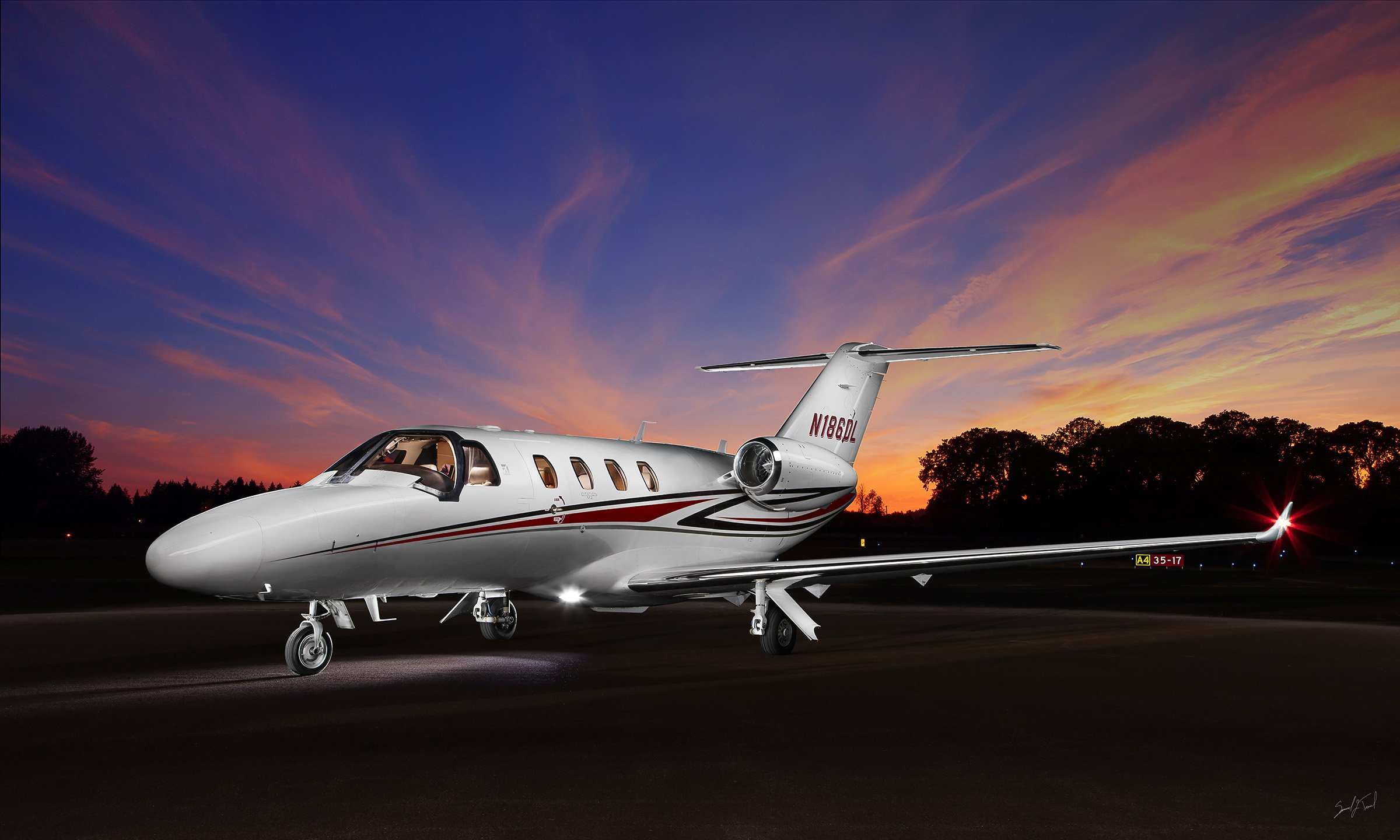Commercial Training
If getting paid to fly is what you want - then a commercial certificate is what you need!
Benefits of a Commercial Pilot Certificate:
It has never been a better time to become a commercial pilot. The best part is you can finally get paid for doing something you love! Becoming a commercial pilot opens up a whole new set of possibilities for your flying career, and takes your piloting skills to the next level!
Here are some benefits of acquiring a commercial pilot certificate:
• The skills you learn while pursuing your commercial pilot certificate will enhance your safety as a pilot.
• You will be able to fly airplanes with greater skill, accuracy, and more advanced equipment.
• You will be able to perform more advanced maneuvers and emergency procedures with greater confidence.
• You will increase your knowledge and understanding of aircraft systems.
• You will learn to fly more complex and advanced aircraft
• You will learn many of the regulations and requirements about flight for hire.
• Decrease in your insurance rates!
• A Commercial pilot certificate gives you the ability to offer scenic flights, photography flights, ferry flights, and crop dusting to paying customers.
Eligibility of Commercial Pilots Certificate
1. Hold at least a current private pilot certificate.
2. Be able to read, speak, understand, and write the English language fluently.
3. Be 18 years of age.
3. Hold a current Airman Medical Certificate.
(a) At least a 2nd Class medical to use commercial privileges.
Flight Time Requirements
(1) 250 hours Total time logged including:
a. 100 hours of PIC time.
b. 50 hours of PIC cross country.
c. 10 hours solo of commercial areas of operation including:
1 cross country not less than 300NM total distance with 3 landings at three points, 1 of which is straight line distance of 250 NM.
5 hours Night VFR w/ 10 takeoffs/landings at an airport with an operational control tower.
(2) 20 hours of dual instruction toward your commercial license including:
(a) 10 hours of complex, turbine or TAA (Technologically Advanced Aircraft) training
(b) 10 hours of instrument training, 5 hours must be in single engine airplane.
(c) Complete a 2 hour, 100 nm straight line distance, dual day cross country.
(d) Complete a 2 hour, 100 nm straight line distance, dual night cross country.
(e) 3 hours of test prep within the last 60 days.

